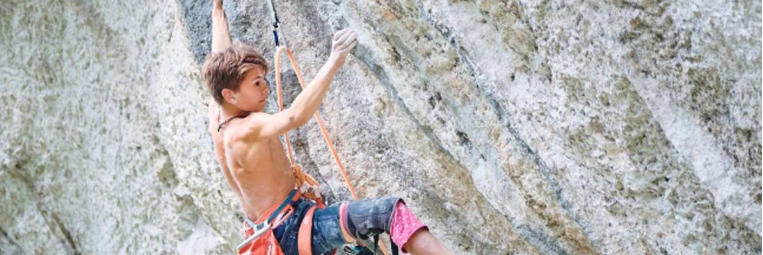Understanding the 9a Climbing Grade: A Guide for Aspiring Climbers
Climbing is a sport that continually challenges both physical strength and mental grit, and understanding the grading system is crucial for climbers looking to improve. The 9a climbing grade, considered an elite level, serves as a benchmark for climbers pushing their limits. This blog post will delve into what it means to climb at the 9a level and provide insights into training, techniques, and the climbing community.
What Does the 9a Grade Signify?
In the world of rock climbing, the rating system serves to classify the difficulty of various routes. The grade 9a is part of the French grading system, indicating exceptionally challenging climbs that demand top-tier technique, strength, endurance, and mental fortitude. Climbers attempting 9a routes are typically highly skilled and have undergone years of training to prepare their bodies and minds for such challenges. Understanding this grade is not only important for climbers aiming to tackle tough routes but also serves as an inspiring milestone in the community, showcasing the feats of climbing athletes worldwide.
Training for 9a: Building the Right Skills
Training for a 9a climb is no small feat and requires a carefully planned regimen. Athletes focus on building finger strength, core stability, and overall endurance, incorporating specialized exercises such as campus board drills, traverses, and weighted pull-ups. Additionally, technique plays a vital role; climbers must refine their footwork, body positioning, and route reading skills. It’s also essential to include rest and recovery in your training program to prevent injury, allowing muscles to repair and grow stronger. Joining a climbing gym and signing up for classes or finding a mentor can provide valuable insights and motivation along your climbing journey.
The 9a Climbing Community: Connection and Inspiration
The climbing community surrounding the 9a grade is vibrant and diverse, filled with individuals from all backgrounds who share a passion for the sport. Climbers often come together in local climbing gyms, participate in competitions, and follow the achievements of renowned climbers who have conquered 9a routes. This community provides emotional support, inspiration, and camaraderie, encouraging climbers to reach higher despite challenges. Additionally, social media platforms allow climbers to connect globally, sharing tips, experiences, and achievements, creating an atmosphere where everyone can celebrate progress, whether it’s a first climb or a 9a ascent.
In conclusion, understanding the 9a climbing grade opens doors to elite climbing and encourages climbers to continuously challenge themselves. Whether you’re just starting or looking to push your limits, embracing the journey and the community can significantly enhance your experience. So lace up your climbing shoes, hit the crags or the gym, and start working on your goals—there’s a world of adventure waiting for you!
